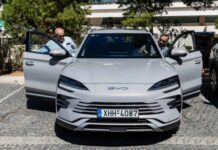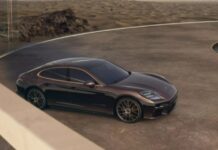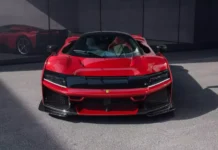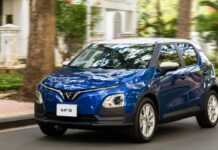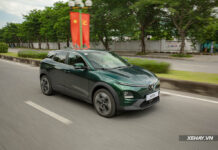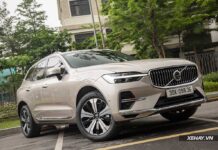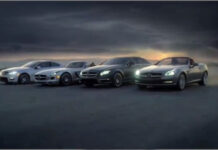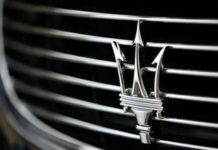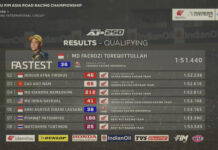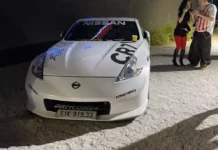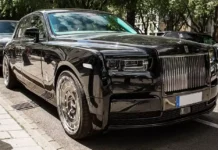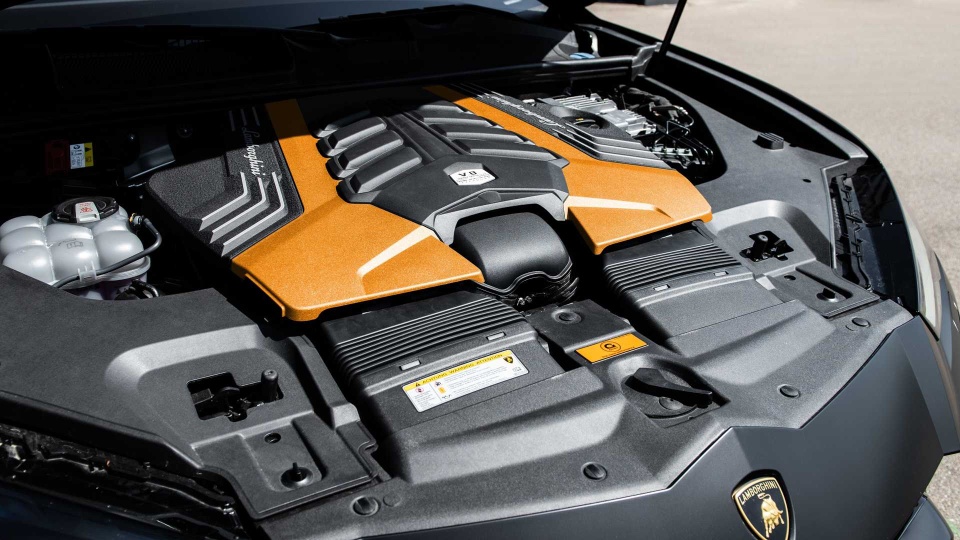
|
The European Union (EU) has once again affirmed its ban on the sale of internal combustion engine-powered cars from 2035. This decision continues to spark controversy as it directly impacts the entire automotive industry in Europe.
While not entirely prohibiting gasoline-powered vehicles, the new regulation mandates that cars must have zero carbon dioxide (CO2) emissions. Theoretically, manufacturers can still use carbon-neutral fuels like e-fuel or hydrogen to comply with the rules. However, in reality, carbon neutralization in automobiles is more challenging than electric vehicle production.
Before the ban comes into force, carmakers are required to reduce CO2 emissions by 55% before 2030. The regulations and penalties for non-compliance are based on a three-year average of emissions, starting from the 2025-2027 phase.
|
|
|
The MG4 EV in Europe. Image: Carscoops. |
Additionally, the EU is implementing a range of measures to support the electric vehicle industry. The “Battery Booster” package is worth 1.8 billion EUR, or approximately 1.95 billion USD. This incentive boosts the production of batteries and electric vehicle components. Meanwhile, Europe is also investing an additional 1.15 billion USD in research for next-generation battery technology.
On the consumer front, the EU pledges to expand incentive programs and offer more affordable leasing options for electric vehicles. Manufacturers are also accelerating the launch of affordable electric models, such as the Citroën e-C3, Volkswagen ID.1, Renault Twingo EV, and Dacia’s upcoming electric city car priced under 18,000 EUR, which will succeed the Spring model.
Recommended Reads for Your Journey
Our Automotive section presents a selection of captivating books with diverse themes. During those moments of rest and relaxation in your vehicle, let these pages be your engaging companions.

